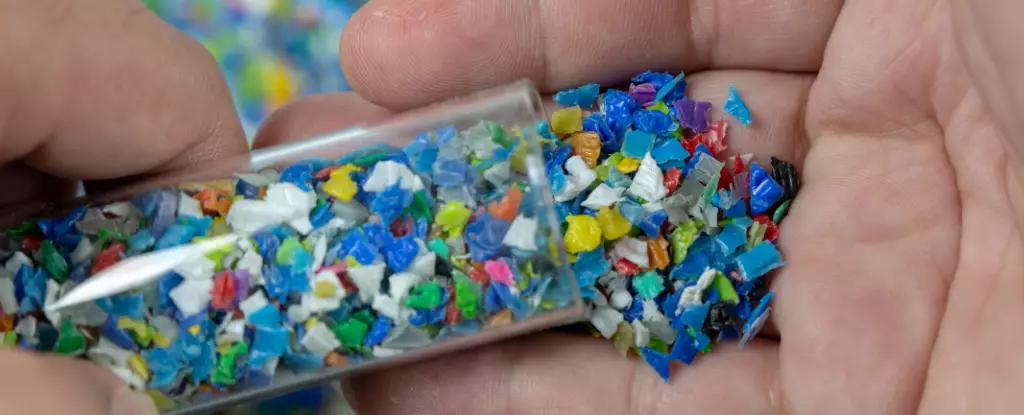In the modern world, plastics have become an integral part of daily life— from the packaging of our food to the medical devices that aid our health. However, this dependency comes with a significant shadow: the presence of plasticizers, chemical compounds used to enhance the flexibility of plastics. Recent studies highlight a startling reality, particularly in urban regions such as Southern California, where the average citizen is exposed to alarmingly high levels of these chemicals. Toxicologist David Volz from the University of California, Riverside, emphasizes that exposure to these substances is not limited to specific demographics or locales; it is a pervasive issue that affects everyone from all walks of life.
Plasticizers, although present in many products, are not mere benign materials. Evidence suggests that while not all plasticizers are outright toxic, many are linked with severe health consequences. A notable example is di (2-ethylhexyl) phthalate (DEHP)—a compound recently targeted for a ban by the California State Legislature in critical medical contexts such as IV bags and medical tubing due to its potential to cause cancer, reproductive harm, and developmental issues in children. Since 2009, California has prohibited DEHP in children’s products at certain concentrations; however, ongoing research indicates that residents, especially in Southern California, might still be regularly exposed to these chemicals at hazardous levels.
Groundbreaking Research and Findings
Striking new research conducted between 2019 and 2020 shed light on the alarming levels of plasticizers residing in the environment. With a cohort of 137 University of California, Riverside students participating in a study, researchers outfitted them with silicone wristbands to monitor chemical absorption during their normal activities. Upon analysis, researchers from both UCR and Duke University discovered an unexpected volume of harmful pollutants absorbed by the bands. According to Volz, the concentration levels were “through the roof,” exceeding initial expectations and reinforcing the necessity for urgent environmental and public health evaluations.
Interestingly, similar findings echo across the United States. The primary plasticizers found in the wristbands—diisononyl phthalate (DiNP), DEHP, and a novel substitute known as di(2-ethylhexyl) terephthalate (DEHT)—comprise an alarming majority (between 94 to 97%) of the total mass detected. Both DEHP and DiNP are classified under the phthalate family, renowned for their ubiquitous presence in everything from food packaging to cosmetics. These chemicals can enter the body through ingestion, dermal absorption, or inhalation, raising a raft of questions about their long-term health effects. Although they are reportedly swiftly expelled from the human body, a significant proportion of Americans now show traces of these substances in their urine, indicating that this is not merely an isolated or temporary issue.
Regulatory Response and Health Risks
As concerns mount regarding the health implications of chronic exposure to these plasticizers, regulatory bodies are beginning to take notice. The U.S. Environmental Protection Agency (EPA) is currently reviewing DEHP, DiNP, and other phthalates to assess their toxicity further. Preliminary findings signal a worrying trend, indicating that DiNP may lead to liver damage and potentially increase cancer risks with prolonged exposure. The emphasis from the EPA is clear: phthalates are of grave concern due to both their toxicity and their persistent presence within human populations, a circumstance echoed by defenders of public health.
The comprehensive understanding of where plasticizers lurk, the methodologies determining their prevalence, and the attendant health risks highlights the essential need for increased awareness. Not only do urban areas like Southern California grapple with these chemicals, but the widespread consumption of products containing phthalates presents an urgent call for deeper examination and more effective regulatory measures. Society stands at a crossroads, where the challenges of modern convenience must intersect with a commitment to safeguarding public health. Our ongoing interactions with plastic, a seemingly innocuous material, warrant considerable scrutiny, and as the implications of this pervasive issue unfold, both individuals and authorities must take concerted action.


Leave a Reply